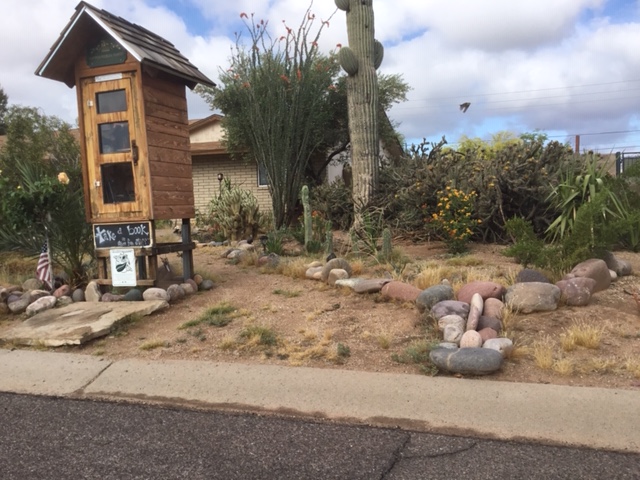The Native Americans tell a story about companions.
As corn grew tall, he watched over the land. Corn felt sad sometimes and did not understand why. One evening corn saw two butterflies fluttering about together. Corn understood for the first time that his sadness came from loneliness and needing companionship.
Bean, hearing his cry, came to offer companionship. Corn said it would not work, because bean liked to wander on the ground, while corn liked to stand tall in one place, his leaves blocking the sun from others below.
Bean was determined though and planted herself next to corn, wrapping her tendrils and vines around corn’s stalks as though leaning on corn. As she wrapped around corn providing support, the two grew tall together.
Adapted from Herbmentor, an article by Sarah Haas
A three sisters garden is adaptable – it can work in the ground, a raised bed or even containers with some creativity. While short varieties of corn have many advantages here in the desert, a taller variety is typically used if you are planting in ground in a traditionally-styled three sisters garden. Both tall or short corn varieties can be used and paired with bean varieties that suit whichever corn height is chosen. We recommend using native varieties, which are better adapted to our higher temperatures, especially in the monsoon garden. Shorter corn varieties use less water and most typically mature sooner than the taller varieties.
Corn is best planted in blocks in a home garden instead of rows, which allows for better pollination. Plant beans shortly after the corn starts to grow, when stalks are about 4 inches tall. They will use the corn as a trellis but also act as an anchor to prevent the corn from falling over in strong winds. Use pole or lima beans, not bush beans when planting tall corn varieties.
Squash is planted to keep the soil cool and prevent the germination of weed seeds. Plant the squash a week after the beans have emerged. Both summer and winter squash types can be planted. Additionally, melons or watermelons could also take the place of the third sister.
The three sisters are often planted on hills in other parts of the country. To conserve water and also capture as much water as possible, depressions or Waffle Gardens are a better idea in our desert. The clay actually works as an advantage to create the berms. Compost should be mixed into the depressed areas to add in organic matter, improve texture and start the microbial life.
Fill a waffle garden with the three sisters and also consider Monsoon Garden plants we suggest in our Monsoon Garden article.
If you prefer to use a shorter variety of corn, plant with cowpeas and melons or even zucchini rather than a huge vining squash. For container planting, work with the largest containers possible. A Big Bag Bed is a great option to plant out a short corn variety with a melon and a few cowpeas. Alternatively, 15-gallon nursery pots can be used to plant three corn each. Do at least six corn plants for decent pollination. A squash or melon seed can be added to the pot and beans can be grown separately next to the corn.
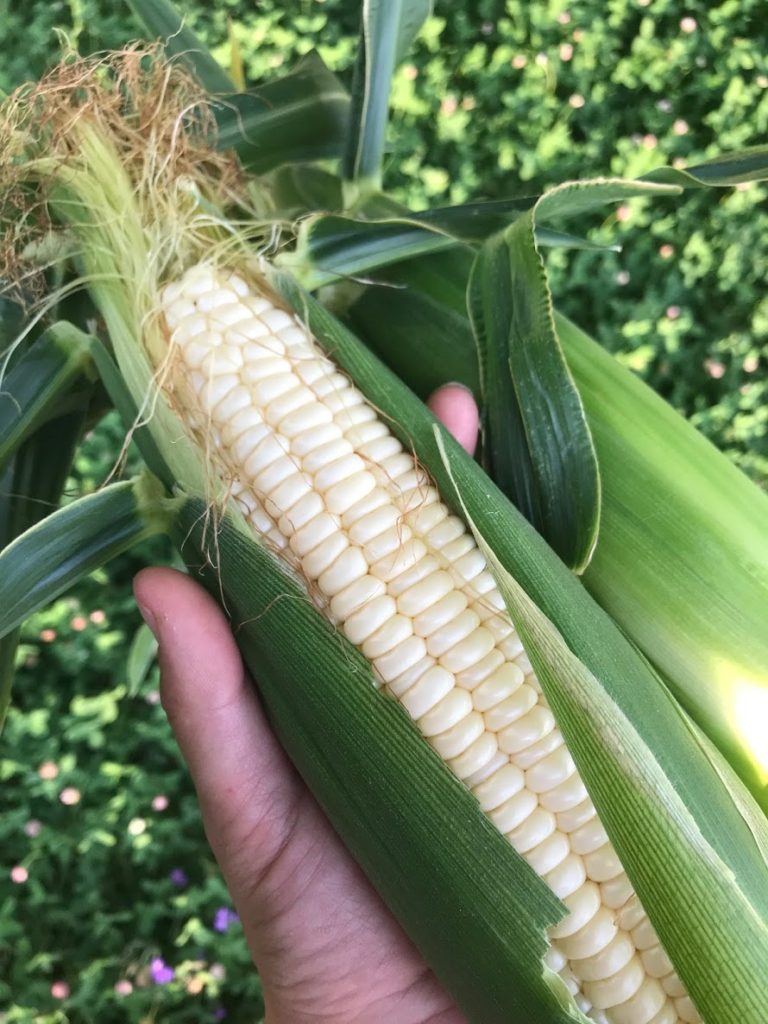
Help with Pollination
However and wherever you plant your three sisters, the corn will need some additional help with pollination.
This is because corn is pollinated by the wind and the backyard grower does not grow as much as a commercial corn farmer to ensure there is enough pollen in the air.
A little shake of each stalk once they have come into pollen every morning and every evening will help ensure full ears.
There are different types of corn that serve different functions in culinary uses:
Sweetcorn
Sweetcorn has the highest sugar content of any of the varieties and is comprised mostly of soft starches. It is the most frequently grown corn by home gardeners.
Dent Corn
Dent corn is mostly commercial corn. It is grown for animal fodder, high fructose corn syrup, ethanol, and tortilla chips. This variety is a cross between flint and flour corn. It is called dent corn because of the dented appearance. It can be roasted in the milk stage (18-22 days after corn silk appears) for eating.
Flour Corn
Flour corn is a soft starch. It is sweet and digestible, with a fuller flavor than sweet corn. It can be eaten like fresh corn in the milk stage. It is good for masa.
Popcorn
Popcorn is a subset of flint corn-unlike sweet corn and does not shrivel when it is dried. This is because the outer starch is hard while the inner starch is soft. When heat is applied, there is a pressure that builds up causing that soft starch to pop. Popcorn has a prickly appearance. Don’t grow for table eating.
Flint Corn
Flint and flour are the traditional Native American corns. Flint is used for hominy, grits, cornmeal and can be popped. They have an iridescent glass bead look. Only a few varieties can be used for fresh eating, and are often roasted.
Here are some suggested varieties to try for monsoon garden crops:
CORN
Ashworth Corn [Sweet]. Plant later in the season, mid August or early September. This variety is quick maturing approximately 70 days and is a shorter variety at 5ft tall.
Dia De San Juan [Dent]. Planted out June 24th to welcome the expected rains. Good for tamales, masa and roasted eating. Grows 10ft tall.
Yoeme Blue Corn [Flour]. A very heat tolerant variety good for low elevations. Shorter variety.
Onaveno [Flint]. A very tall variety that is late maturing and endures temperatures well over 100 degrees. Plant this if you have a good amount of space to dedicate to a corn patch.
Glass gem [Popcorn]. A very beautiful and colorful variety. Plants grow 6ft tall.
COWPEAS AND BEANS
Holstein cowpea. A prolific producer or mottled black and white beans. Smaller plants that are perfect for container or small space gardens.
Blue goose. This variety is best described as tiny speckled rocks! They produced very long pods with about 20 seeds per pod on 3 foot tall plants.
Arsin Long Bean. A very prolific long bean that produces well into winter. Grow this one with a tall variety of corn.
Yoeme Purple String Bean. A quick maturing pole bean that takes 75 days from pod set to a dry bean in Phoenix.
Hopi Red Lima. A beautiful bean that produces a prolific number of pods. They do take a very long time to mature but are well worth the wait. Plant in late May or early June.
SQUASHES AND MELONS
Zucchini. Any zucchini will grow well with short corn or in container planting.
Calabaza Mexicana. A vigorous cushaw squash with a pale colored flesh.
Magdalena Big Cheese. Large sweet-fleshed squash variety. It is an excellent producer and looks great for Halloween and Fall decorations.
Hopi Yellow Watermelon. This variety is really attractive with its lovely creamy yellow flesh and black seeds. Sweet crisp flesh.
Crimson Sweet watermelon. A popular variety with a lovely sweet and juicy flesh.
Kajari melon. Very heat tolerant small-fruited musk melon with a strong scent. Beautiful orange striped melons very popular with backyard gardeners.
We recommend reading our article on growing squash for information on varieties and understanding cross-pollination.

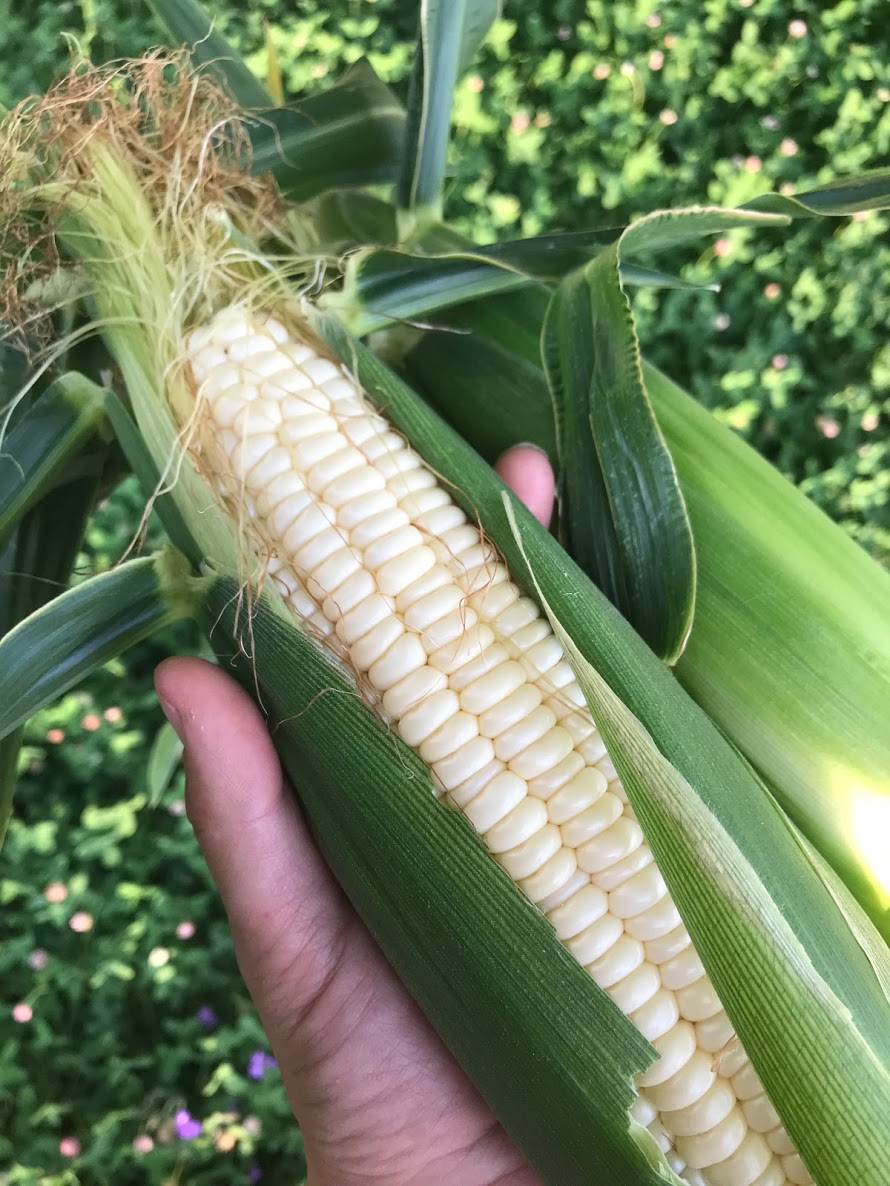
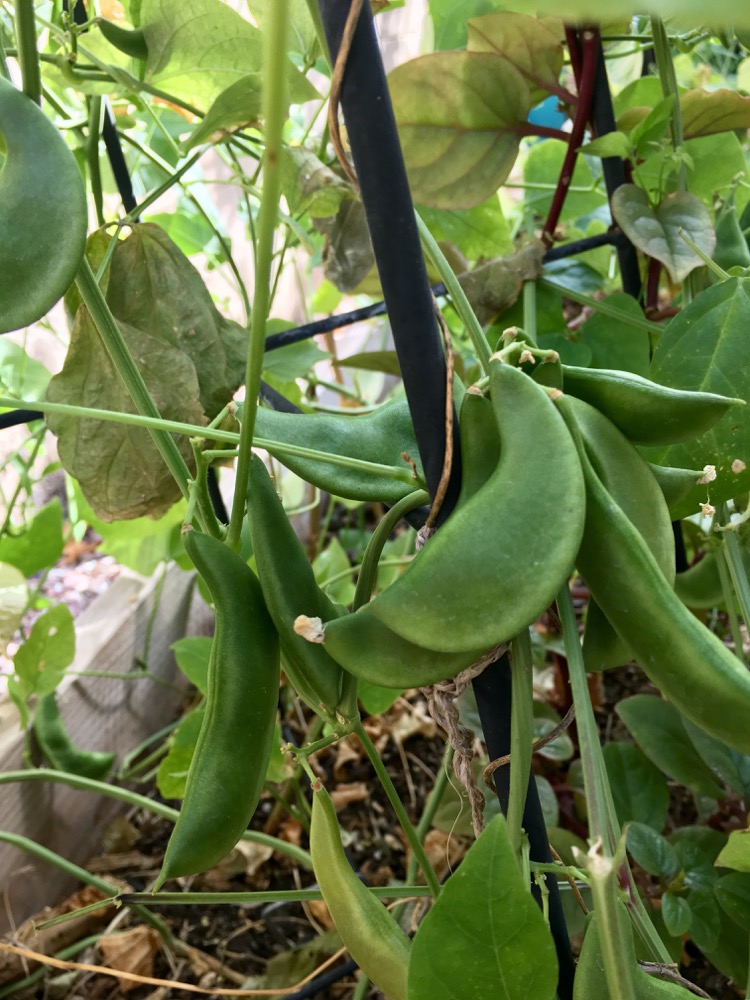
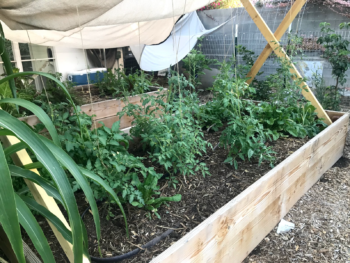
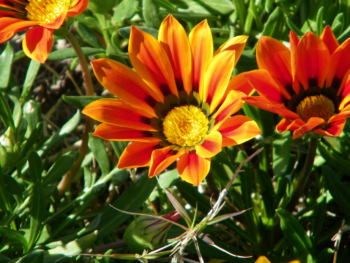
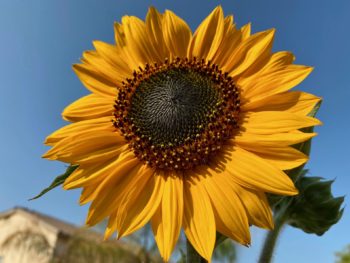
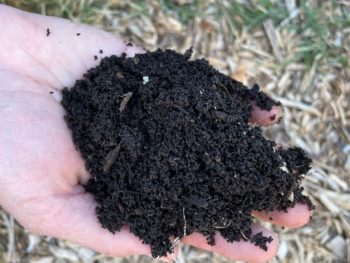
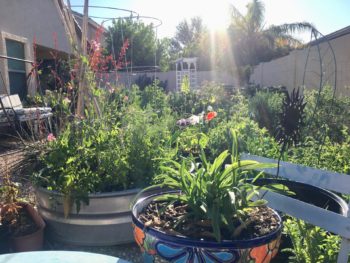

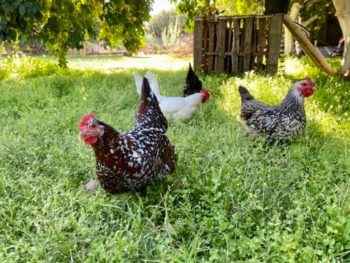
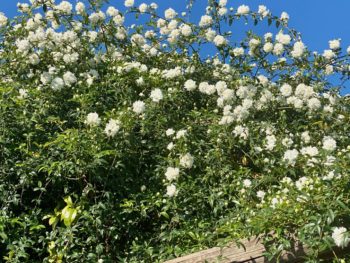
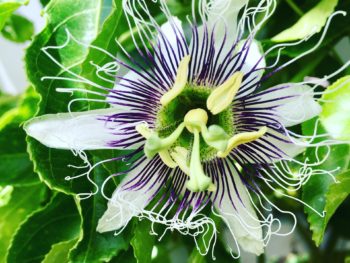
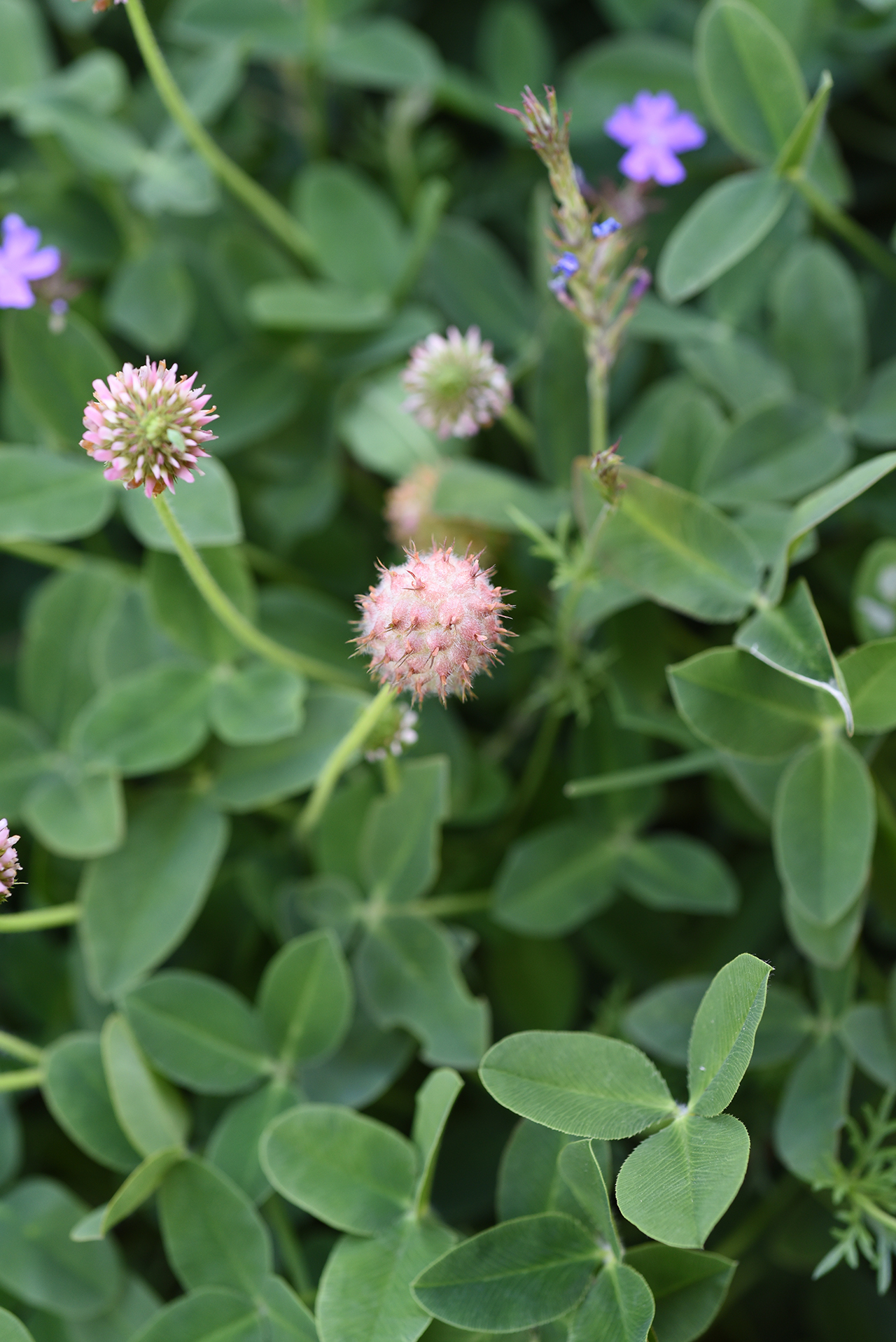 Growing Clover as a Lawn Alternative
Growing Clover as a Lawn Alternative